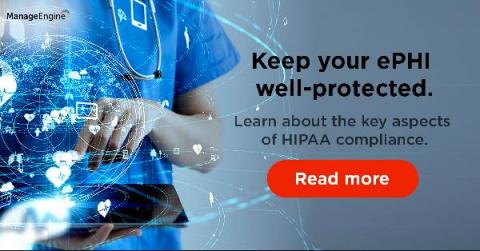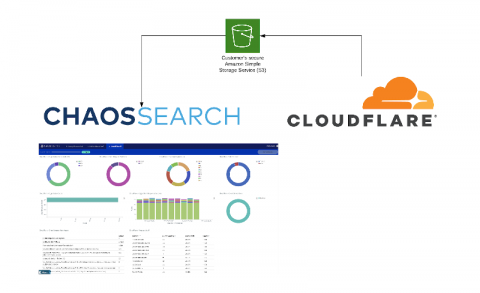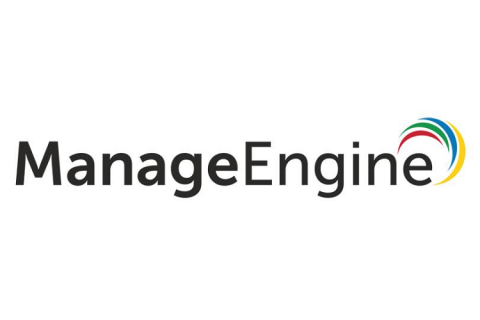Zoom in on Security in a Remote Work World
Our world has been turned upside down by COVID-19. Whether it's strategically planning our grocery run decontamination process, or trying to keep the kids quiet for even one single moment while on a conference call — things are different. One very evident difference is the change in the way we meet with each other. And one technology enabling this change is Zoom.










